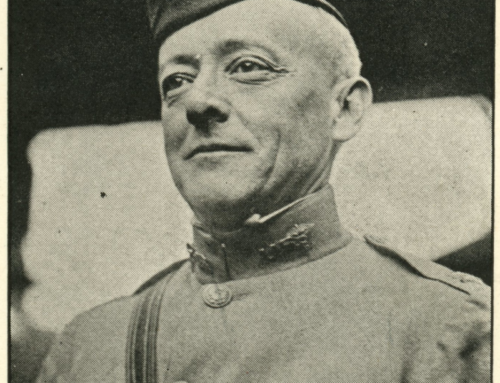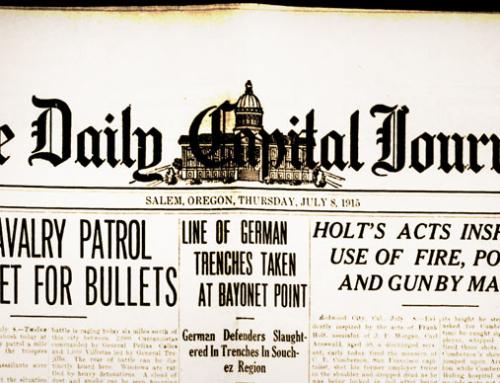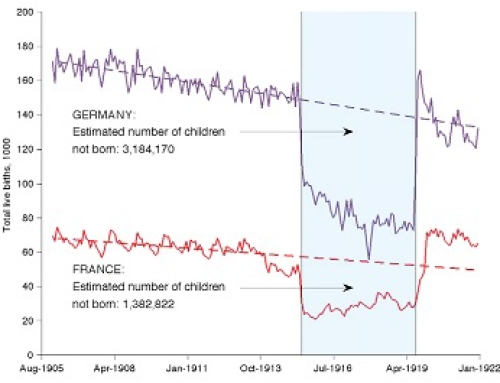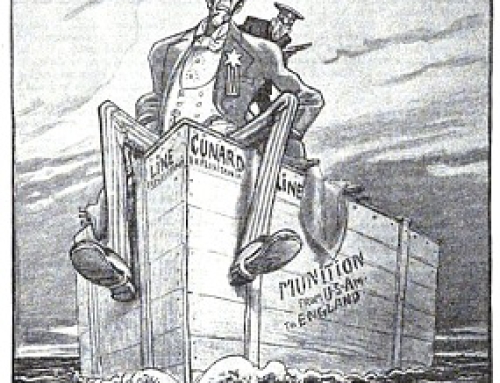by Richard van Pelt, WWI Correspondent
The Capital Journal headline reported how American industry and technology supported the war effort to our profit:
WRIGHT TURNS OUT MANY AIRSHIPS FOR WARRING NATIONS
Factories Working Night and Day to Supply Demand for War Aeroplanes
ARMORED CRAFTED NEEDED BY BY ARMY AVIATORS
Fate of Machines Does Not Worry Maker – Product Shipped From Dayton
Dayton, Ohio, March 25. – “When equipped with our new stabilizer, the military aeroplane is as safe as a rocking chair,” said Orville Wright, inventor of the heavier than air machine, today, in an exclusive interview given to the United Press, in which he admitted for the first time that his factory is turning out scores of aeroplanes for the European governments.
In a chilling reminder that the more things change the more they remain the same is a headline that could come from the front pages of any paper today:
SAVAGE KURDS MURDER CHRISTIANS IN PERSIA
Barbarian Invaders, Mad With the Lust of blood Burn Villages, Murder Men and Outrage Women – Young Girls Carried Away As Slaves – American Flag In Hands of Harry Packard Saves Hundreds of Lives
Harry Packard was a doctor associated with the Presbyterian mission in what is now Iran during the war:
Presbyterian missionaries in Iran consequently helped to stimulate the development of modern national feeling among Iranians, including several minority groups. An intriguing example of this is the brief career of Howard Baskerville, a young short-term teacher at the American Mission Boys’ School in Tabriz. During the Constitutional Revolution Baskerville became so caught up in Iran’s struggle for freedom that in 1908 he resigned from the Mission to join his students in the Democratic armed forces. He died for Iranian Constitutional liberty.1 Another example is the career of Ahmad Kasravi, arguably the first modern Iranian historian, both in his use of primary sources to recount the past “as it actually occurred” and in his Iranian secular nationalism. In this regard it is important to recall that Kasravi had been a teacher in the Mission’s Tabriz Boys’ School, where he also studied English.
Despite their beneficent and peaceful intentions, however, during the war their actions made worse existing conflicts among communities which were religion-based. They became involved in a struggle which came to take on some of the aspects of a Crusade against a Jihad. The Great War in Iran has been obscure in written history. In western Europe its dates are clear enough, from 28 July 1914 to 11 November 1918, but in Iran they are less precise. It began with Ottoman Turkish attacks on established Russian positions in Iranian Azerbaijan in October 1914. After years of chaos, the war ended only with the reestablishment of order by Reza Khan sometime after his February 1921 coup d’état. This new order was signaled most clearly by Reza’s deposition of the Qajar dynasty in 1925.
Phil Rader, an American fighting in the French Foreign Legion, describes New Year’s Eve in the trenches:
The new year’s eve celebration on Market street in San Francisco was probably as wild and noisy as ever.
But it couldn’t have been a marker to ours in the trenches. I wonder that we didn’t rattle the wireless on Goat island.
We spent the entire day of December 31 in getting ready for our midnight celebration. We intended to give the Germans a fusillade that they wouldn’t forget.
During the Christmas day truce we had met most of the Germans in the trenches across the way from us and they had told us that, even then they were getting ready for the new year’s eve celebration.
Victor Chapman, The Harvard man from New York; Eugene Jacobs, the Pawtucket butcher, and I, talked about the rackets that would usher in the new year in Boston, New York and San Francisco. We did everything we could go ginger up the men of a dozen different nationalities, who were members of the foreign legion.
But, in fact, they didn’t need such gingering up. There were men who remember the new year’s eve celebrations in Athens, Lisbon, Madrid, and, in fact, every capital in the world, so our preparations were carried out without any stint of labor or expense in our “sunken city.”
By evening we had a huge pile of white night lights ready to fire.
They were American-made, just ordinary skyrockets. Each man had 100 extra cartridges and there were piles of cartridges ready beside our four machine guns. Our artillery, far behind our lines, was also prepared, though we didn’t know it until later. And all along the French trench that stretched the 200 miles from the North sea almost to Switzerland, everything that could shoot was ready. France was going to show Germany how to usher in the New Year. But before the racket we in our trench were to have a big holiday dinner. We had planned to have the entire machine gun squad of 16 men at the dinner, but there were only 12, because four had been killed during the week after Christmas.
The first surprise of the dinner came when Sikorsky, a Polish revolutionist, who belonged to our legion, entered the dugout carrying the beautiful metal helmet of a German lieutenant colonel, filled with champagne punch. We drank to the defeat of the Germans from this odd punch bowl and then began at the chicken. Sikorsky was just getting up to recite a poem which he had written about the allies when the second surprise of the evening came.
I think it was a surprise that ran along the who 250 miles of trenches. First we heard a blast of bugles from the German trenches. Then there broke out the most terrific cannonading we had ever heard during the war. Everything that the Germans could shoot was shooting. Horns were blowing; men were yelling and whistling; bombs were breaking in the air; the sky was white with the German white lights; it was brighter than Broadway. Far away cannon were booming; their shells were breaking behind our lines. I never expect to hear such a tumult again. It was exhilarating.
We ran for our guns, thinking that it was all in preparation for a charge. But no charge came; no bullets flew around us; only artillery shells fell at a safe distance away.
After 10 minutes the noise died down and we could hear the Germans shouting at us:
“Happy New Year.”
“We’ll celebrate in Paris next year.”
“How about that for noise?”
“But you’re wrong,” we yelled back. “It’s only 11 o’clock, and you’re celebrating an hour too early.”
“We go by Berlin time,” they answered.
Suddenly it dawned upon us that Paris time is an hour later than German time.
“Yes, and all France will be going by Berlin time, too,” shouted one German, who made us all laugh. He talked like Lew fields. We waited until 12 o’clock and then began our celebration. It wasn’t as noisy as the Germans’, I must admit. Our white lights weren’t as bright. But our artillery fired noisy shells, and what our rifle and machine gun fire lacked in noise, the shells that came from miles behind us made up for.
Our racket lasted 10 minutes. We didn’t try to kill anybody, and as far as we could learn nobody in our district was even wounded. When our nose ended we yelled to the Germans:
“All Germans will be going by Paris time when we get to Berlin.”
Twenty-seven days later the Germans gave us another terrific cannonading, but this time they were celebrating the kaiser’s birthday and were shooting to kill. We didn’t know it was the kaiser’s birthday, and at midnight, when many of our men were repairing trenches, the German bullets swept our works and killed 12 of us.







Leave A Comment